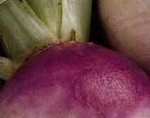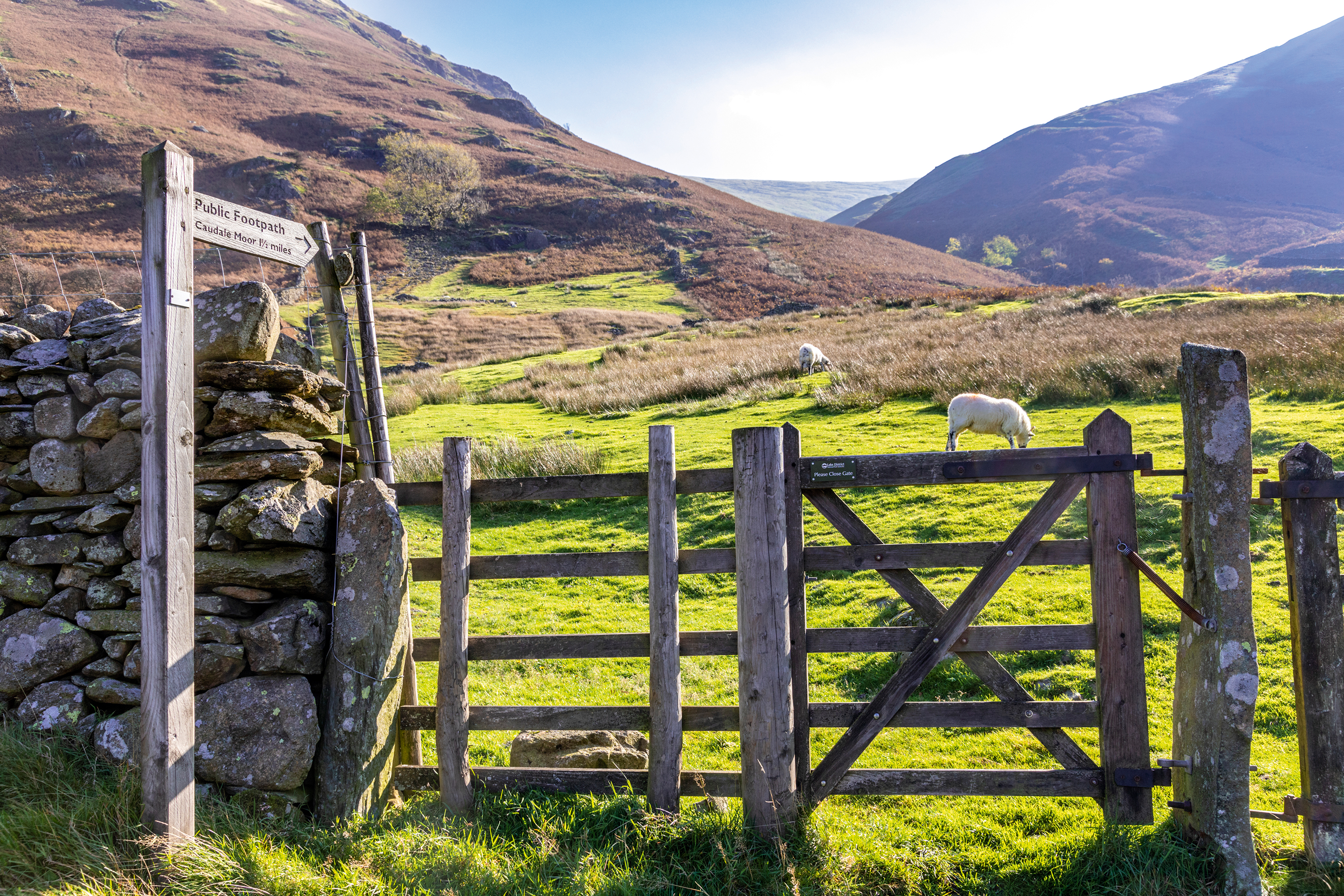Tips for the garden this week
What to do in the garden this week


Dahlia tubers
If the weather’s settled and your dahlias have good shoots, they could go out now. Whether you plant in a specific dahlia border or simply dot them about your flowerbeds, they all like a humus-rich soil. Dig in compost or leaf mould before planting and try to avoid using fertilisers rich in nitrogen on dahlias (or any other flowering plants). You’ll then avoid soft stems that can be vulnerable to wind damage.
Cannas
Exotic-looking cannas are, in fact, quite easy to grow. They should be ready to plant out now. A light, humus-rich soil is best.When the cold of autumn arrives, lift them and pot up with a good compost, store them in a cold greenhouse and keep them moist.
Cucumbers
Unheated greenhouses should now be warm enough to set cucumber plants. Although they need more humid growing conditions than tomatoes, they’re invariably reared together. Grow them exactly as you do your tomatoes. The only difference is that, when they’re growing, they must be trained and regularly tied to a frame, which can be somewhat time-consuming.
Potatoes
Sign up for the Country Life Newsletter
Exquisite houses, the beauty of Nature, and how to get the most from your life, straight to your inbox.
If you were able to get your potatoes planted in April, they could now be at a stage to earth up. When the haulms (leafy stems) are about 9in tall, we find the draw hoe to be the best tool to pull up the soil between the stems to make a hill or ridge leave just the growing tip showing. For ease of hilling, keep the ground between the rows well cultivated and weed-free. Blight can be a serious problem in summer, especially if it’s wet and warm. Keep a lookout for the first signs: brown blotches on the leaves. There’s no effective organic control for blight, so if you have it, remove the damaged leaves. In extreme cases, cut the stems down to the ground to stop it getting to the tubers.
Turnips
Memories of the large woody roots harvested in the autumn may have put gardeners and cooks off growing turnips. However, if you sow them at intervals from March to May, you can dig them up when they reach the size of golf balls and use them raw in salads, or cook them when they’re no larger than tennis balls.
Sow seeds direct in drills outside and, once germinated, thin seedlings to 3in apart for fresh use and 9in for winter use. If flea beetles visit your garden, you’ll have to protect the crop. Derris Dust used to be the organic solution to the problem of flea beetle, but it’s been withdrawn from the market and should no longer be on sale. We shall experiment this year with covering the drills with fleece and removing them when the seedlings have developed two or three true leaves. We hope this will get the seedlings through their most vulnerable period.
Swedes
Although closely related to turnips, swedes need longer to grow. Sown now and protected in the same way as turnips, they’ll be ready from autumn to spring. Seedlings must be thinned to 9in apart.
Philip Maddison is head gardener at Harrington Hall, Lincolnshire (www.harringtonhallgardens.co.uk)
Country Life is unlike any other magazine: the only glossy weekly on the newsstand and the only magazine that has been guest-edited by HRH The King not once, but twice. It is a celebration of modern rural life and all its diverse joys and pleasures — that was first published in Queen Victoria's Diamond Jubilee year. Our eclectic mixture of witty and informative content — from the most up-to-date property news and commentary and a coveted glimpse inside some of the UK's best houses and gardens, to gardening, the arts and interior design, written by experts in their field — still cannot be found in print or online, anywhere else.
-
 Six rural properties with space, charm and endless views, as seen in Country Life
Six rural properties with space, charm and endless views, as seen in Country LifeWe take a look at some of the best houses to come to the market via Country Life in the past week.
By Toby Keel
-
 Exploring the countryside is essential for our wellbeing, but Right to Roam is going backwards
Exploring the countryside is essential for our wellbeing, but Right to Roam is going backwardsCampaigners in England often point to Scotland as an example of how brilliantly Right to Roam works, but it's not all it's cracked up to be, says Patrick Galbraith.
By Patrick Galbraith